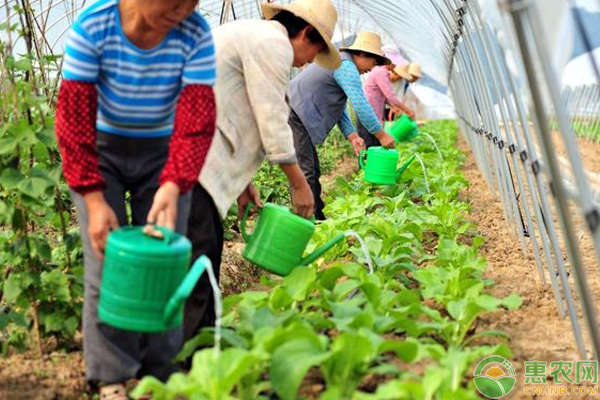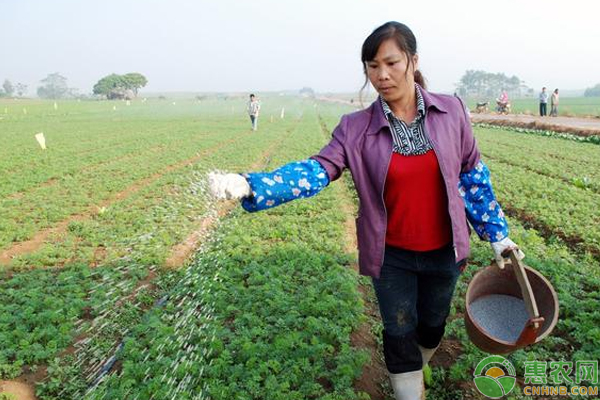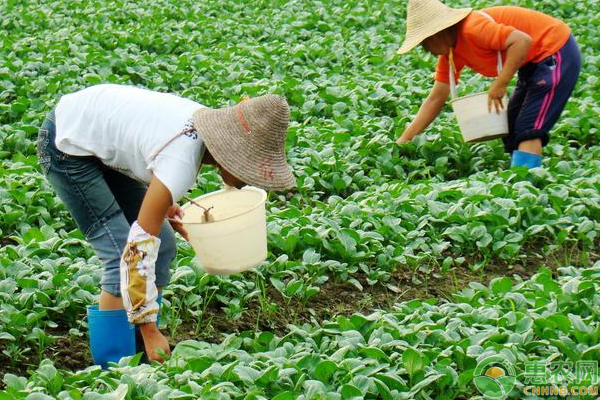Everyone knows that potassium chloride and potassium sulfate are common fertilizers and are essential growth agents for crop growth. So what is the difference in their use? What are the benefits of crop growth? The following small series will tell you in detail.     First, the same point of potassium chloride and potassium sulfate 1. Both of them are physiologically acidic inorganic potassium fertilizers, which can be easily dissolved in water. They can be directly absorbed and utilized by crop roots in the soil, and can be used as base fertilizer and top dressing. 2. The two are best used together with organic fertilizer. If used in fields with insufficient organic matter, the potassium ions in both fertilizers will be lost with water. 3. The two are used on acidic soil. It is best to use with alkaline fertilizer such as quicklime, grass ash, ammonium bicarbonate, calcium magnesium phosphate fertilizer, etc. It can prevent soil acidification well, but it can not be directly mixed with the above fertilizer.    Second, the difference between the use of potassium chloride and potassium sulfate     1, potassium chloride Appearance of white or light yellow lens, containing 50-60% potassium oxide, is a high concentration of quick-acting potassium fertilizer, the effect is faster after using fertilizer, but because of its strong water absorption and moisture absorption, it is easy to get wet. Potassium chloride is not suitable for use on chlorine-sensitive crops because it contains chloride ions. Otherwise, it will reduce yield and quality, but it can be used on cotton and ramie and other cotton and linen crops to increase yield and fiber. The effect of quality. When potassium chloride is used as the base fertilizer, the dosage per acre is generally 8-10 kg. When used as top dressing, the dosage per acre is generally 5-8 kg, but it can not be used as seed fertilizer and root dressing, otherwise the seed will germinate and The normal growth of crops is unfavorable. In addition, salt and alkali are not suitable for the use of potassium chloride, and it is not suitable for the use of chlorine-containing fertilizers (easy to acidify), otherwise it will increase the soil salinity hazard.     2, potassium sulfate Potassium sulphate is more expensive than potassium chloride. Its appearance is white or grayish white lens. Its hygroscopicity is weaker than that of potassium chloride. It is not easy to form a knot after damp. It is a quick-acting potash with very good water solubility. Because potassium chloride does not contain chloride ions, it can be applied to all kinds of crops other than chlorine. The application range of reuse is wider than that of potassium chloride. After using potassium sulfate, especially in cruciferous On the crops of thioxanthate, it is more obvious in increasing yield and improving quality. When potassium sulphate is used as the base fertilizer, the dosage per mu is generally about 10-12 kg, and the amount per mu is usually 5-7 kg per kg. In addition, potassium chloride is different, potassium sulphate can also be used as a fertilizer. Use outside the roots for fertilization.     3. Potash fertilizer selection in paddy fields Potassium chloride is more suitable for use in paddy fields where water accumulation is easy, and reduction is strong, and organic fertilizer is insufficient. Potassium sulfate is more suitable for use in rice fields lacking sulfur, soaking mud, muddy fields, peat fields, and cold-soaked fields.     Third, the common avoidance of chlorine crops (can not use potassium chloride) for example 1, melons and fruits avoid chlorine crops: apples, grapes, bananas, mango, citrus, pomegranate, medlar, watermelon, strawberry. 2, leafy vegetables avoid chlorine crops: tomatoes, cucumbers, green onions, garlic, pepper, celery, cauliflower, water radish, cabbage, eggplant, rape, beets, spinach, lettuce, peas, leeks. 3, other categories of chlorine-free crops: tobacco, potatoes, sweet potatoes, tea, lotus root, yam, winter wheat, notoginseng, berberine. Potassium chloride and potassium sulfate are common fertilizers. Generally, rice is used more for planting, and multi-crop growth is very helpful. The above is the difference and the same point between the potassium chloride and potassium sulfate analyzed by Xiaobian. I hope that many growers will help. Dried Squids,Dried Cuttlefish,Dehydrated Squid,Dry Calamari Zhoushan Fudan Tourism CO., LTD , https://www.fudanfood.com


What is the difference between potassium chloride and potassium sulfate? What are their benefits for crop growth?